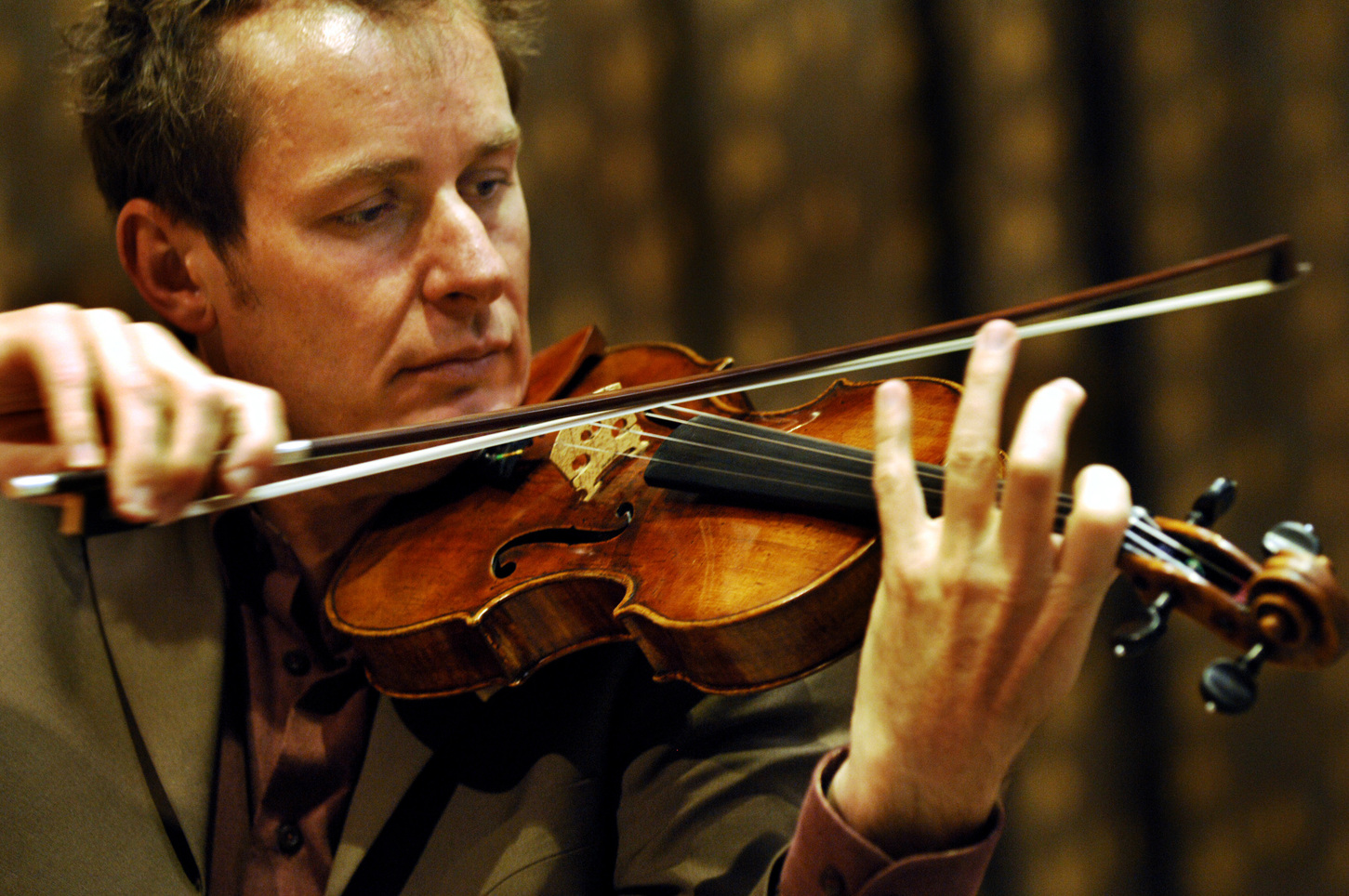It is quite extraordinary that Benjamin Britten started work on his first opera when in his late 20s, on a boat between America and England, and that it was Peter Grimes. Britten’s long-held fascination with the sea is evident throughout the opera and particularly in its set of Four Sea Interludes, orchestral pieces that are often performed as a four-part stand-alone work, as they were in this instance. As well as being remarkable orchestral depictions of the sea, the Interludes are also deeply emotional, reflecting the long history in Western art of the sea as a metaphor for emotional turbulence. Tonight, Storm was particularly effective, with clashing horns, swirling (wood)winds, and shimmering strings mirroring Peter Grimes’ anguish and confusion.

After this fabulous opener, the stage was adjusted to accommodate a far smaller chamber orchestra for Witold Lutosławski’s Partita for Violin and Orchestra (1984), originally written for violin and piano (for Pinchas Zukerman and Marc Neikrug respectively). Lutosławski, born in Poland the same year as Britten (1913), survived the Nazi occupation only to be denounced by the post-war Communist government, but by the 1960s his use of folk-based material had contributed to his...










Comments
Log in to join the conversation.